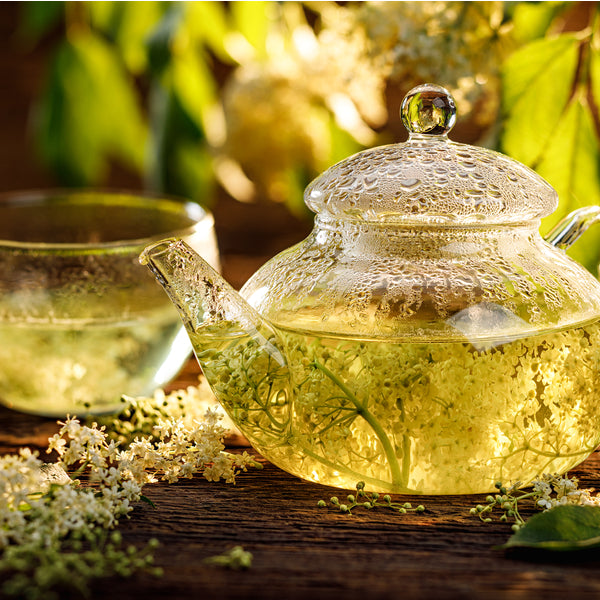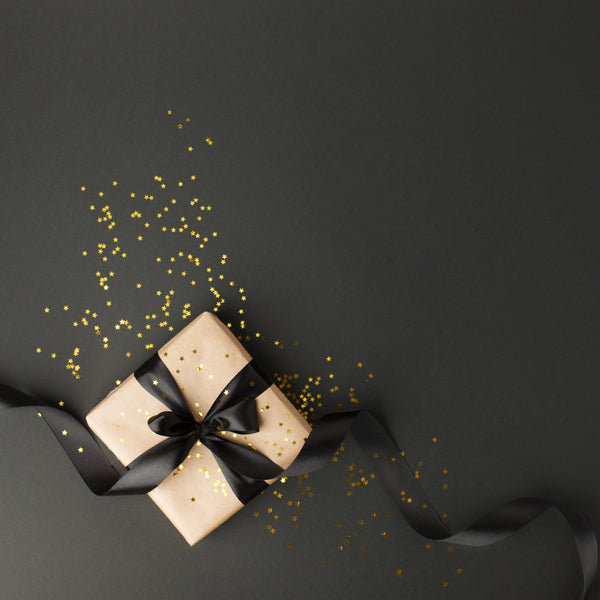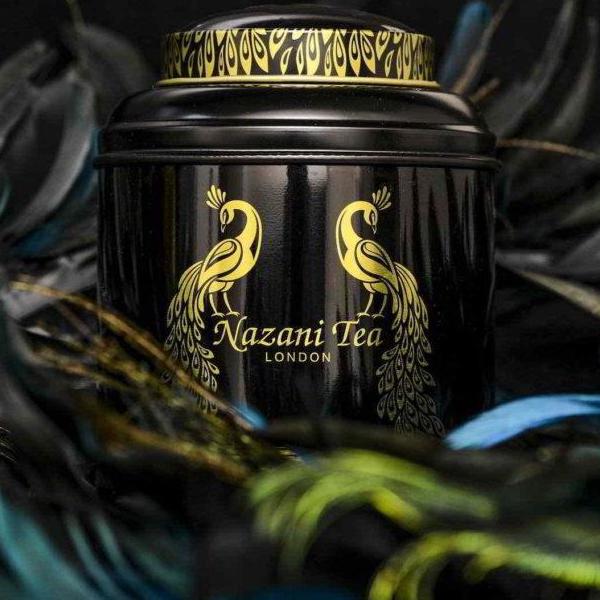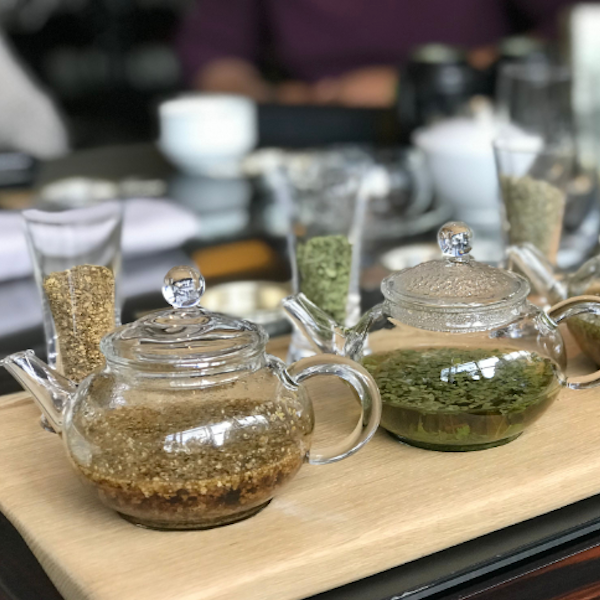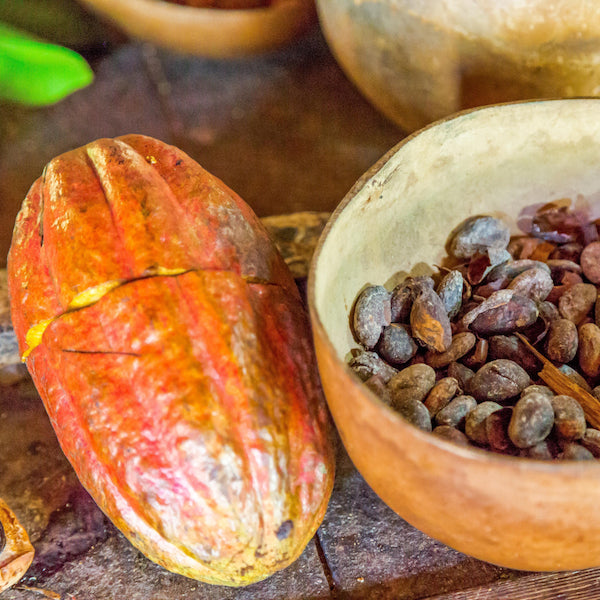Thanks to Sir Isaac Newton, we can identify seven colours dividing the spectrum of visible light. The name of one of these seven wavelengths of light is named after the violet flower and is closely associated with purple. Our clientele not only indulge in our luxury collection of herbal infusions for the taste, but also to entertain the other senses, especially sight. In perusing our range of herbals you will note that quite a few of them have a colour-change characteristic. Purchasing these results in a lot of fun during tea parties and other forms of hospitality since colour is a main attraction in all types of consumer products. At Nazani Tea we have such herbals to cover all seven divisions of the visible spectrum of colour since this aspect of an infusion is often just as important for the individual as is the taste of the brew. This is most relevant when ordering our herbals as gifts if you are aware of the favourite colour of a family member, friend or colleague. Our Violet infusion is the one for lovers of the colour purple, so let us explore its nature.
All colours have various meanings. With respect to violet, which is typically classified as an autumn/winter colour in fashion, the colour is often associated with luxury, nobility, royalty, spirituality, mysticism, eccentricity and decadence. In both the ancient Western world and in Japan, purple was considered an imperial colour reserved only for the elite in both these societies. The reason for this was due to the rarity of obtaining the colour purple for not only is purple the colour that exists most rarely in nature but also because the dye is difficult to extract.
During the Roman Empire, purple was worn by magistrates during gladiatorial games as well as by consuls and by the Emperor on special occasions. In Byzantium, rulers continued using purple as the imperial colour and for diplomatic gifts. Empresses gave birth in “The Purple Chamber” and emperors were known as being “born to the purple.” Later, purple was worn by professors of Europe’s new universities and purple robes were worn by divinity students. In theology, purple represents piety and faith. In the eighteenth century, purple was rarely worn by ordinary people due to its high cost, but luckily in the nineteenth century, a British chemist named William Henry Perkin produced the first aniline dye, which was a purple shade named Mauveine resulting in the first synthetic, organic dye.
Purple also has associations with eccentricity and being artistic. In America and Europe, purple is often linked with vanity, extravagance and individualism. For those interested in gemology and crystals, the amethyst is the stone most linked with purple. The amethyst is a protective stone with a high spiritual vibration that enhances spiritual awareness.
If you are fond of all these attributes of such a special colour as this, why not try our popular wild foraged Violet herbal infusion from Armenia.

